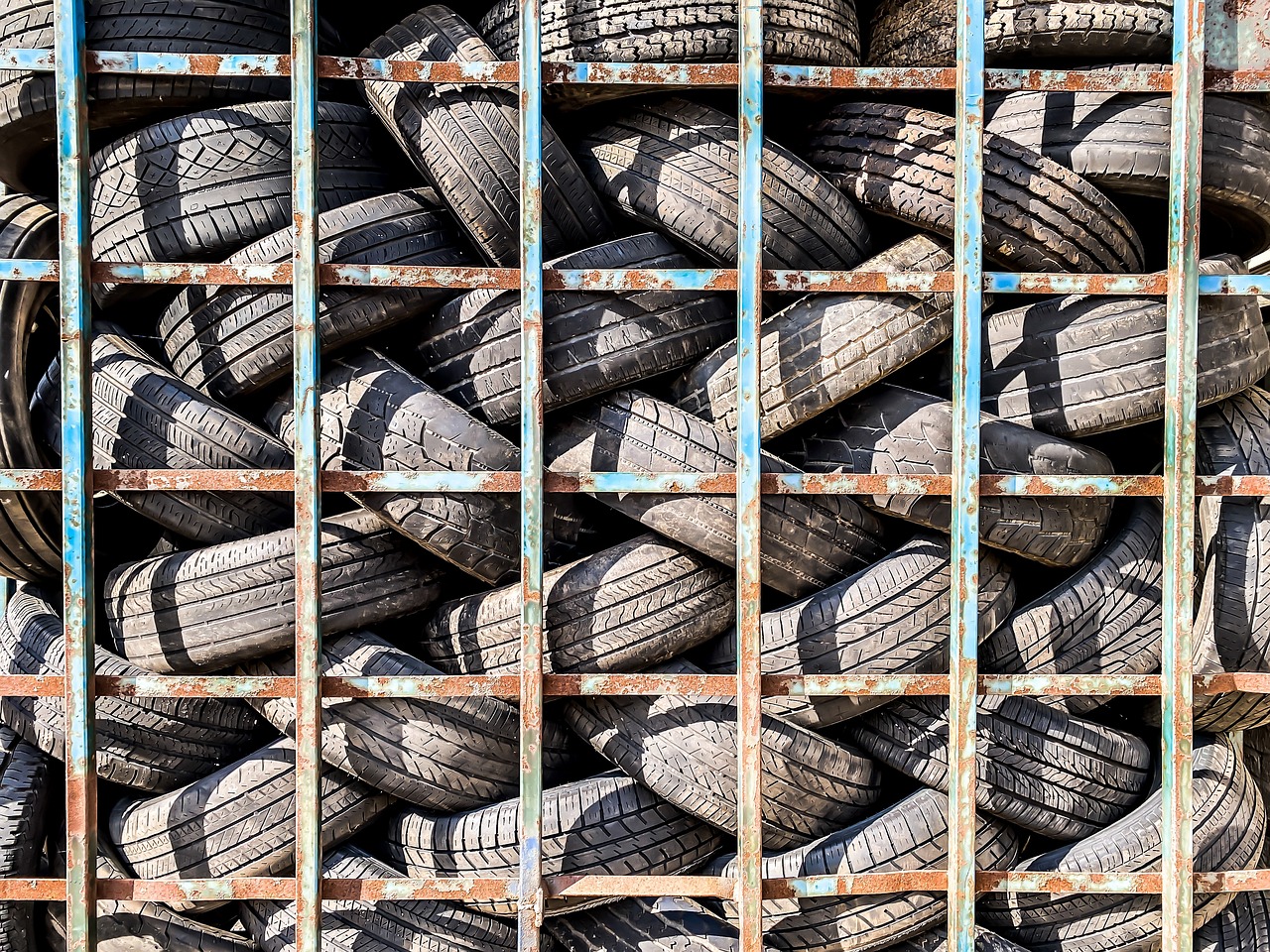Upcycling in Automotive Manufacturing: Rethinking Waste
Upcycling in the automotive manufacturing industry provides a sustainable solution that reduces the environmental footprint of producing vehicles. By repurposing materials like plastics, metals, and textiles from end-of-life vehicles or industrial waste, manufacturers can decrease the demand for raw materials and minimize waste sent to landfills. This practice not only conserves natural resources but also helps in lowering energy consumption during the production process.
Furthermore, upcycling in automotive manufacturing can lead to cost savings for companies. By incorporating recycled materials into their production processes, manufacturers can reduce expenses related to sourcing new raw materials and waste disposal. This also enhances the brand image of companies in the eyes of environmentally-conscious consumers, thereby improving market competitiveness and driving customer loyalty.
Challenges Faced in Implementing Upcycling Practices
One common challenge encountered in implementing upcycling practices in the automotive industry is the initial investment required. Upgrading production processes and equipment to incorporate upcycling techniques often involves significant costs, which can deter some companies from embracing sustainable practices. Despite the long-term environmental and financial benefits of upcycling, the upfront expenses can be a barrier for many businesses.
Another obstacle faced in upcycling practices is the lack of standardized regulations and guidelines. Without clear industry standards governing the upcycling process, companies may struggle to navigate the complexities of integrating recycled materials into their manufacturing processes. This uncertainty can lead to hesitation and reluctance among automotive manufacturers to fully adopt upcycling practices, hindering progress towards a more sustainable future.
Examples of Successful Upcycling Projects in the Automotive Industry
In recent years, the automotive industry has seen a rise in successful upcycling projects that not only reduce waste but also contribute to sustainable practices. One notable example is the use of recycled plastic bottles to create fabric for car interiors. By upcycling these bottles, manufacturers are able to lower the environmental impact of their production processes while also providing a unique and eco-friendly option for consumers.
Another innovative upcycling project in the automotive sector involves the reuse of old tires to create new and durable materials for various vehicle components. Through advanced recycling techniques, these tires are transformed into materials such as rubber mats, noise-reducing insulation, and even components for suspension systems. This creative approach not only helps to reduce the environmental footprint of the industry but also demonstrates the potential for upcycling to drive innovation and efficiency in manufacturing processes.
Recycled plastic bottles used to create fabric for car interiors
Lower environmental impact of production processes
Unique and eco-friendly option for consumers
Old tires reused to create new and durable materials for vehicle components
Materials include rubber mats, noise-reducing insulation, and suspension system components
Advanced recycling techniques transform tires into useful products
Reduces environmental footprint of the automotive industry
What are some benefits of upcycling in automotive manufacturing?
Upcycling in automotive manufacturing helps reduce waste, minimizes the need for new raw materials, lowers production costs, and promotes sustainability.
What are some challenges faced in implementing upcycling practices in the automotive industry?
Some challenges include finding suitable materials for upcycling, ensuring the quality and safety of upcycled products, and overcoming resistance to change within the industry.
Can you provide examples of successful upcycling projects in the automotive industry?
Yes, some examples include using recycled plastic bottles to make car seats, repurposing old tires to create new automotive parts, and transforming discarded metal into vehicle components.







